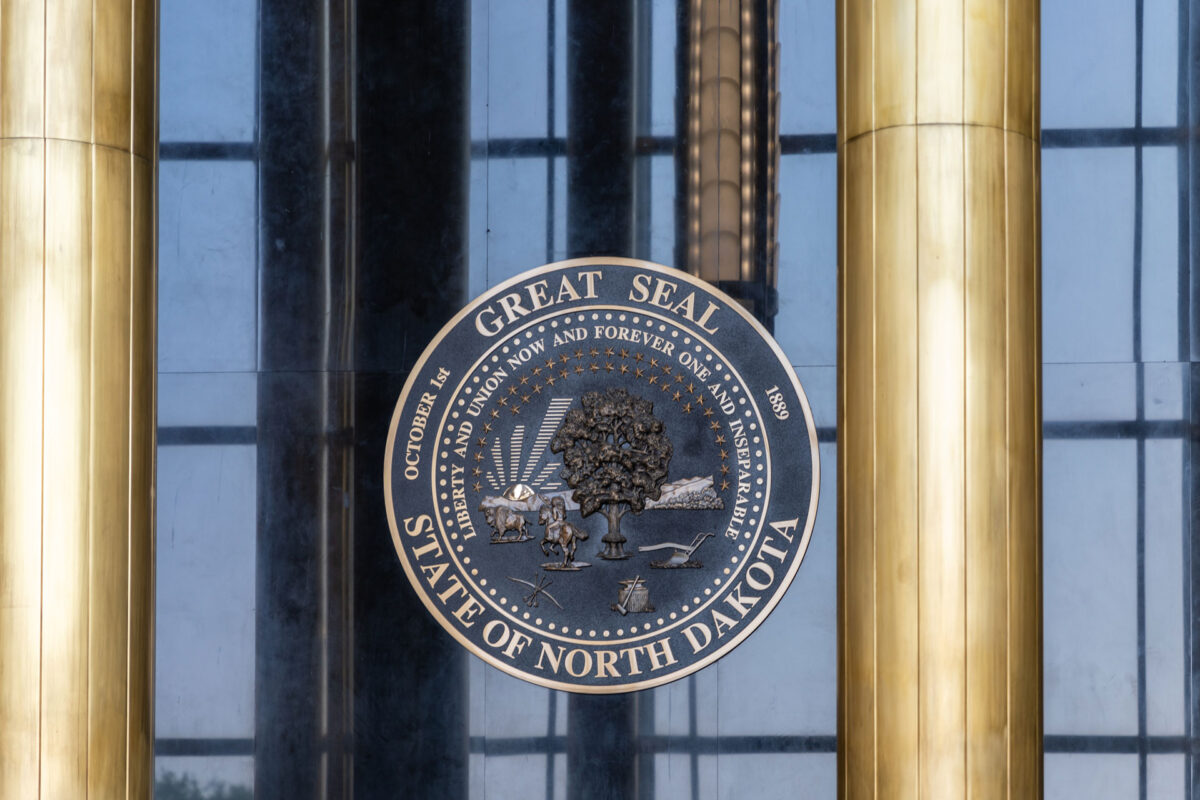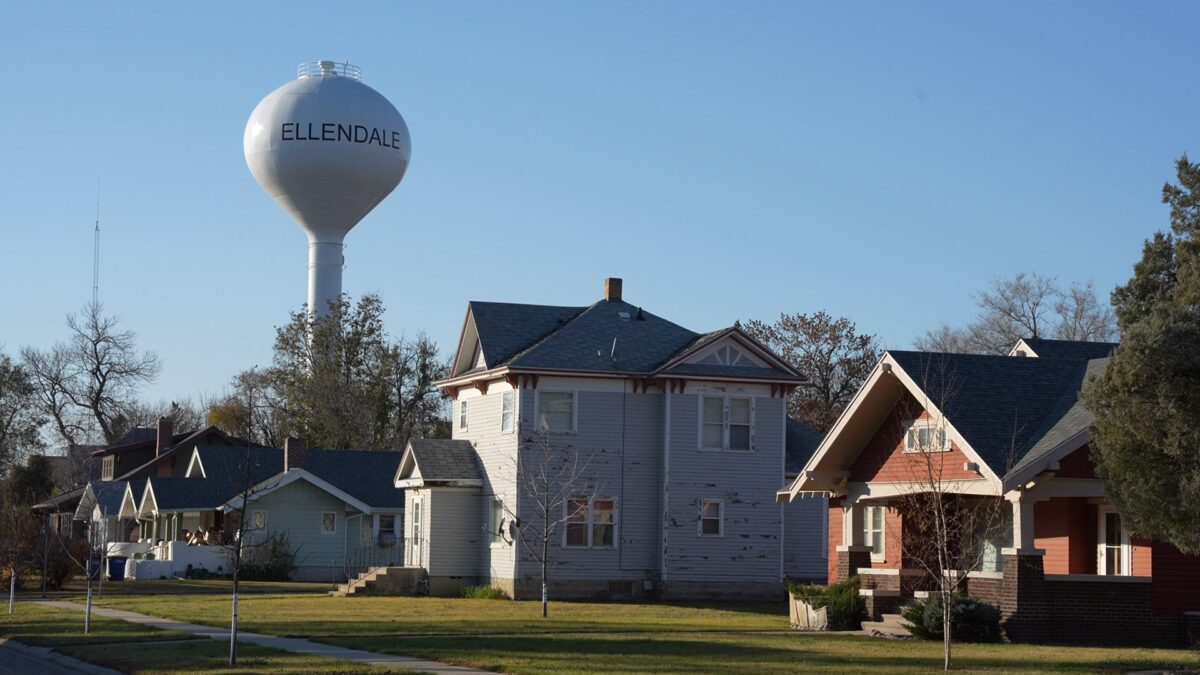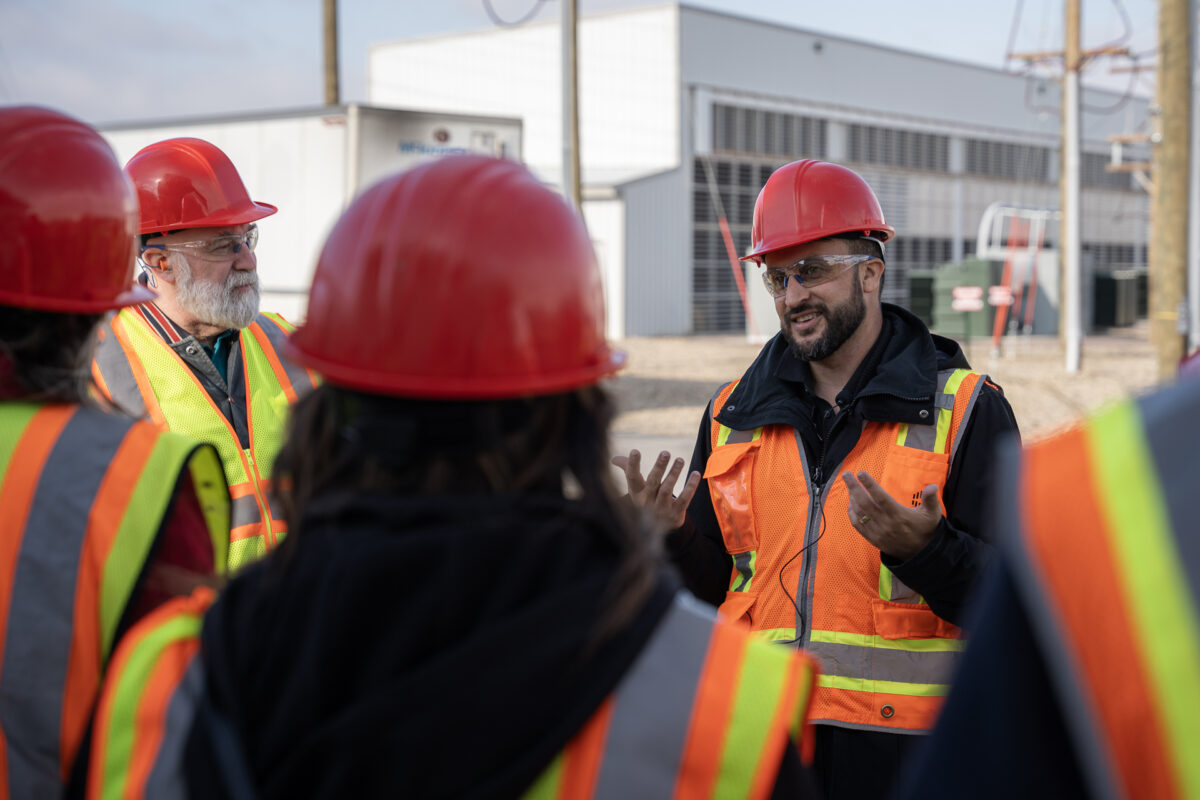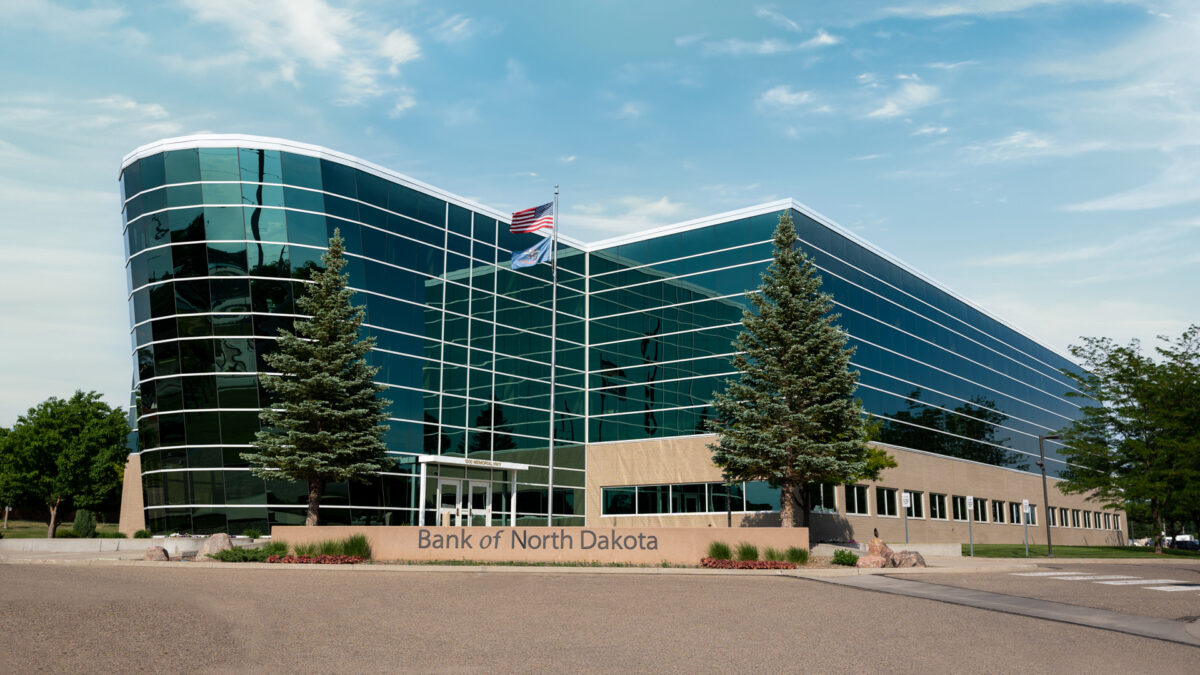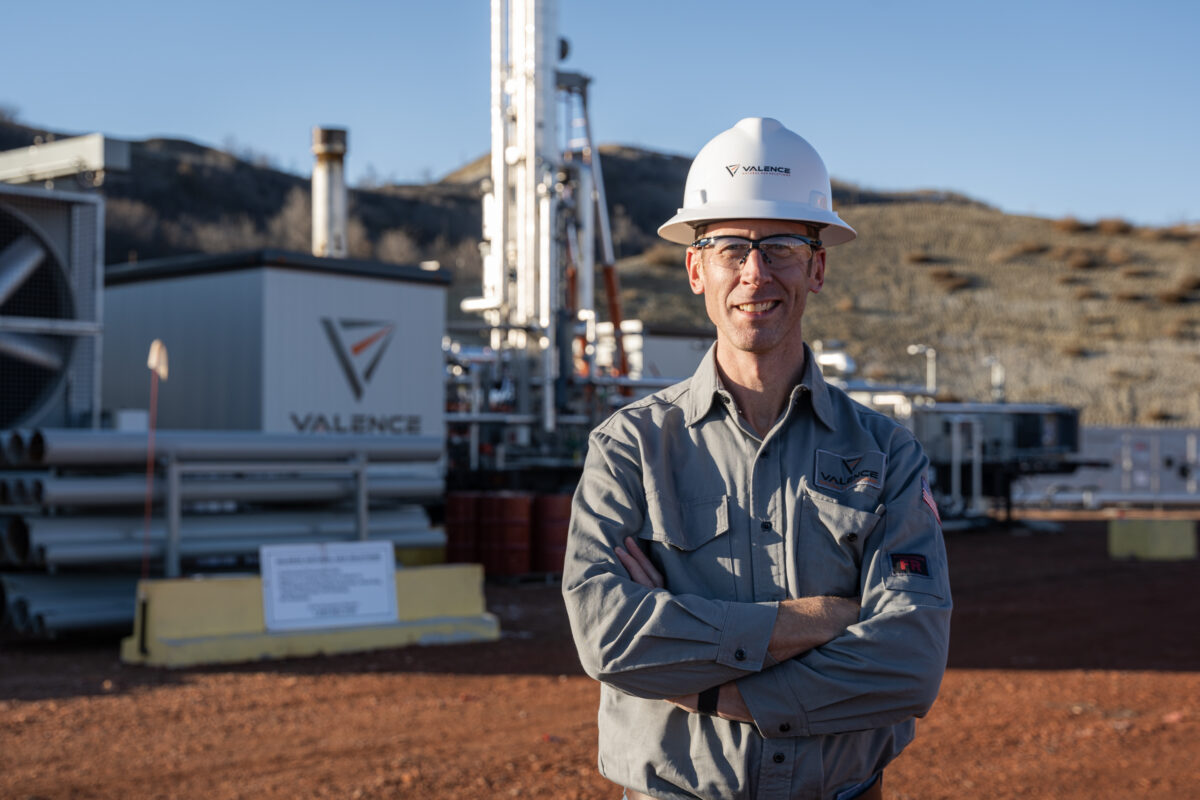(VIDEO) North Dakota’s Blueprint for Carbon Storage: How the Department of Mineral Resources Regulates Class VI Carbon Dioxide (CO₂) Sequestration
North Dakota has built one of the most complete regulatory frameworks for geologic storage of carbon dioxide (CO2) in the United States. The Department of Mineral Resources (DMR), under the North Dakota Industrial Commission (NDIC), is the state agency with regulatory authority over the UIC Class VI Program. In that capacity, DMR staff oversee all aspects of permanently storing CO2 in North Dakota, from detailed technical review of permit applications, through to facility abandonment and reclamation. This article explains the legal architecture, the responsibilities of each agency, and the historical path that made North Dakota a pioneer in CO2 storage.
Why DMR is the regulator of record
DMR’s Oil and Gas Division administers North Dakota’s Class VI Underground Injection Control (UIC) program. The program is embedded in state law and administrative rules that specifically govern geologic CO₂ storage and spell-out how sites are permitted, operated, monitored, and closed. Along with other Class VI related information, the controlling statutes and administrative codes can be found on the DMR’s Class VI website.
At the federal level, the U.S. Environmental Protection Agency (EPA) approved North Dakota’s application for Class VI “primacy” in 2018. Primacy means the state, rather than the EPA, issues and enforces Class VI permits on non-tribal lands. North Dakota was the first state in the nation to earn this status.
Other state bodies still have roles. For example, while DMR regulates storage wells and reservoirs and the Public Service Commission handles siting for transmission pipelines that move CO₂ to storage sites.
The legal foundation: key North Dakota Century Code chapters
North Dakota’s “blueprint” is written into the Century Code and the Administrative Code:
- N.D.C.C. Ch. 38-22 – Carbon Dioxide Underground Storage. Establishes policy to promote geologic storage, authorizes the NDIC to regulate CO₂ storage, requires permits, financial assurance, monitoring and reporting, amalgamation (unitization of pore space), and sets up a trust fund for long term stewardship over closed storage facilities which is supported by per-ton injection fees.
- N.D.C.C. Ch. 47-31 – Subsurface Pore Space Policy. Vests pore space ownership with the surface estate and prohibits the severing of pore space from the surface title. These provisions provide clarity to surface owner rights.
- N.D. Admin. Code Art. 43-05 – Geologic Storage of Carbon Dioxide. Details Class VI technical standards: site characterization, area-of-review evaluation, geologic and simulation modeling, corrective action, well construction, monitoring, financial assurance, and post-injection site care.
A concise timeline to Class VI permitting primacy
- 2009: Legislature enacts two statutes, defining state policy, amalgamation , pore space ownership, and a pathway for regulated storage.
- 2010s: NDIC adopts detailed administrative rules in N.D.A.C. 43-05-01 establishing its Class VI regulatory framework.
- 2017: EPA publishes proposed approval of North Dakota’s Class VI primacy application.
- April 2018: EPA issues final approval and North Dakota becomes the first state with Class VI primacy.
- 2021–2023: DMR advances multiple CO₂ storage facility applications and Class VI well permits; federal analysts note North Dakota issuing multiple Class VI permits across several facilities.
- 2024–2025: The NDIC approves storage facility permits for regional CO2 sources, while the Public Service Commission advances in-state pipeline routing, marking the next scale-up of CO₂ transport and storage.
How the Class VI process works in North Dakota
- Site screening and pore space alignment
Project developers evaluate reservoir geology and secure rights in the pore space. Under Ch. 47-31, pore space belongs to the surface owner and cannot be severed, which shapes how developers assemble storage facilities or seek amalgamation under Ch. 38-22-10. - Permit application to DMR (Class VI)
Applicants submit a technical package that includes geologic characterization, 3D geocellular models, pressure and plume modeling, testing and monitoring plans, financial assurance, and corrective action for the Area of Review—all guided by N.D.A.C. 43-05-01 and N.D.C.C. Ch. 38-22. - Public notice, technical review, and decision
DMR holds a public hearing for each storage facility application, evaluates CO₂ containment, pressure management, caprock integrity, well construction, the testing and monitoring program, and financial assurance requirements. If approved, the applicant is required to comply with all permit conditions and reporting requirements during operations. - Injection, monitoring, and verification
Operators pay per-ton fees to the NDIC and conduct monitoring of pressure, plume movement, and mechanical integrity of injection and monitoring wells. See Ch. 38-22-14 on fees and trust fund support, or N.D.A.C. 43-05-01-11.4on testing and monitoring requirements. - Closure and long-term stewardship
After injection stops, operators manage post-injection site care until the site meets closure criteria. Title to the injected CO₂ is addressed in Ch. 38-22-16/17, supporting clarity in long-term liability and management within the state’s trust fund structure.
Why this framework matters
- Speed with rigor. State primacy keeps decision making close to North Dakota’s subsurface science and energy economy while preserving the EPA’s federal requirements in the state program.
- Clarity for landowners and operators. Clearly defined pore space ownership, amalgamation tools, and long-term liability enables projects to move forward with well-defined rights and obligations.
- Scalability. Recent approvals for storage facilities and in-state pipeline routing demonstrate that the system can accommodate regional CO₂ volumes tied to ethanol, power, and industrial facilities.
North Dakota’s decision to establish pore space law, pass statutes, and secure primacy for Class VI wells positioned the state as the national blueprint for CO2 storage. The DMR regulates this industry with the same technical rigor it applies to oil and gas, giving both operators and the public confidence that CO₂ will be stored safely and permanently.
From pore space ownership to trust fund management, the regulatory framework was designed to protect landowners, provide clarity to operators, and ensure environmental responsibility.
North Dakota is not waiting for others to define the rules. Through its statutes, rules, and the leadership of the DMR, the state has created a system that others now look to replicate—a blueprint that turns CO2 storage from concept into practice and helps Authenticate North Dakota’s role as a leader in energy and environmental management.

